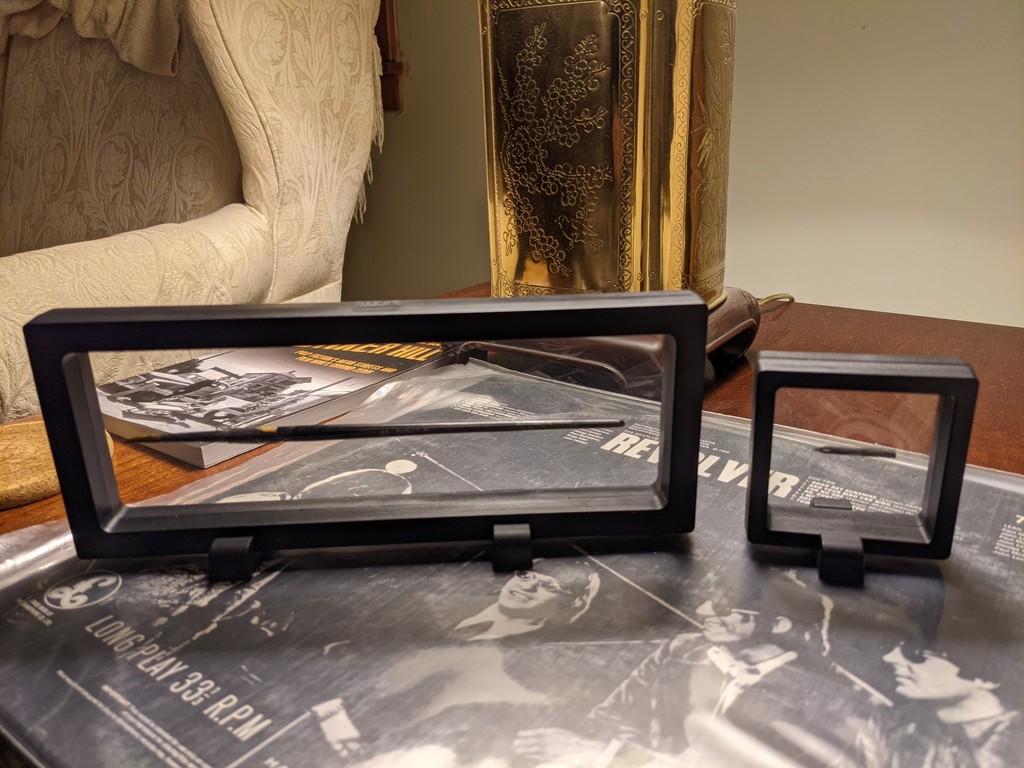 Whaam! Blam! Roy Lichtenstein and the Art of Appropriation is now available for online viewing. The documentary receives my highest recommendation, not only for setting the record straight, but for how it presents both sides of the case.
Whaam! Blam! Roy Lichtenstein and the Art of Appropriation is now available for online viewing. The documentary receives my highest recommendation, not only for setting the record straight, but for how it presents both sides of the case.
https://www.amazon.com/gp/product/B0BVJSVN18/
Much of Lichtenstein’s appeal depends on scale, so I recommend watching the documentary on the largest screen possible. Seeing the giant canvases displayed at auctions, in museums and galleries, only to be brought down to size both literally and figurately, makes the praise heaped on Lichtenstein by his apologists in the high art world seem laughable.
This documentary became not only necessary, but possible, by research that’s been done by fellow Westfield State alum David Barsalou. The reference David makes in this brief video clip is to an Art History course that was taught by Barbara Harris.
In this clip Russ Heath, one of the all-time great comic book illustrators, talks about Stan Lee giving him his start in comics.
Whether or not Stan realized that he had, in an indirect way, helped to make Lichtenstein’s fame possible, in 1965 he briefly embraced the Pop Art label, as seen in the corner box at the top of this post.
It’s disappointing that Bill Griffith, who I’m very much a fan of, doesn’t see a problem with Lichtenstein’s comic book appropriations. Griffith, who attended Pratt Institute during Lichtenstein’s initial burst of fame, seems to be expressing more of an art student’s view than one coming from a cartoonist. It was almost sad for me, seeing Griffith’s position undercut so deftly.





